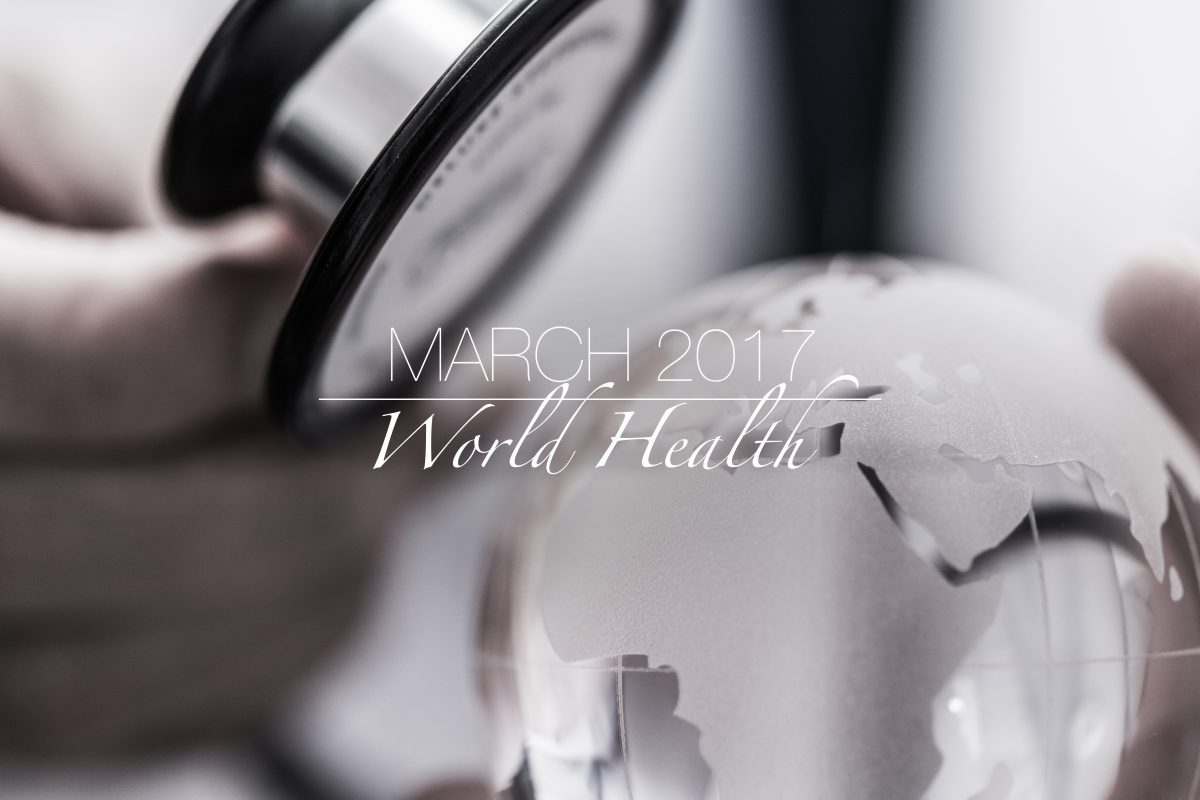My husband is 55 years old and had a coronary artery stent put in a year ago. We understand that his heart disease […]

My husband is 55 years old and had a coronary artery stent put in a year ago. We understand that his heart disease is now cured. He recently noticed shortness of breath on climbing stairs; could this be just a lack of physical fitness?
Shortness of breath on climbing stairs may be related to being unfit. In your husband’s case this must be a diagnosis of exclusion: other causes must be sought, especially the progression of coronary artery disease.
Regardless of the intervention, be it medical treatment (medications such as aspirin and statins), percutaneous transluminal angioplasty (PTCA), stenting, or open-heart surgery with coronary artery bypass grafting (CABG), coronary artery disease is never cured. It is arrested, or may be partially reversed, but the propensity remains, and there has to be permanent, intensive treatment and lifestyle change. Key interventions include regular exercise and a healthful, balanced vegetarian diet. Sadly, fewer than 30 percent of individuals who have been given a life-threatening diagnosis such as heart attack, stroke, or cancer make long-term lifestyle adjustments, despite such changes promoting increased length and quality of life. Especially in your husband’s case, any new symptom must be taken seriously.
Recently noted shortness of breath on exertion requires reassessment of his coronary artery disease. One must rule out progression of the disease and establish that it will be safe for him to engage in a supervised exercise program with gradually increasing intensity. Numerous tests can be done, including a straightforward electrocardiogram (EKG), a stress or exercise EKG, radioisotope nuclear testing (which is not available universally), stress echocardiography (which is more readily available around the world and is not dependent on the short half-life of radioisotopes), computed tomography (CT) scanning for coronary artery calcification, and angiography/CT angiography. Each of these tests has its place and, as available, may be helpful in confirming the status of coronary artery disease at any given point in time.
An echocardiogram may be particularly helpful. It can help detect the mechanical function and efficiency of the heart by measuring what we call the ejection fraction. In individuals who have scarring of the heart muscle or muscle deprived of oxygen (ischemia), ventricular function (pumping action) is decreased. These studies can show abnormalities of specific areas of the heart muscle that fail to move efficiently either when scarred or oxygen-deprived. This may be very useful in guiding further investigations and interventions.
Other symptoms to look out for include chest pain, shortness of breath that wakes one up at night, increased ankle swelling that worsens toward the end of the day, generalized fatigue, and palpitations (an increased awareness of one’s heartbeat). Lung congestion may manifest itself as wheezing and coughing and add to the shortness of breath. If these symptoms are present, then doctors must test for heart failure. The reason we emphasize possible heart failure is because of your husband’s history of coronary artery disease.
Other conditions have to be excluded, including lung disease, thyroid underactivity, and anemia, to name a few. The essential take-home message is for your husband to see his physician as soon as possible and have a definitive diagnosis made.
Best medical practices and healthful lifestyle changes are key to quality of life and longevity. A healthful lifestyle may prevent many dangerous diseases. Why not enjoy the more abundant life, including wholeness in Jesus?
“[We] pray that you may enjoy good health and that all may go well with you, even as your soul is getting along well” (3 John 2, NIV). n
Peter N. Landless, a board-certified nuclear cardiologist, is director of Adventist Health Ministries at the General Conference.
Zeno L. Charles-Marcel, a board-certified internist, is an associate director of Adventist Health Ministries at the General Conference.








